Welcome to Husavik!
Welcome to an exciting adventure in Iceland’s picturesque coastal town of Husavik! If you’re looking for an unforgettable experience with nature, look no further than Whale Watching in Husavik. This is your chance to witness the majesty of some of the world’s largest mammals in their natural habitat, surrounded by stunning scenery and crystal clear waters.
Join us as we explore the enchanting world of whale watching in Husavik and discover why this town has earned its reputation as the whale watching capital of Iceland!
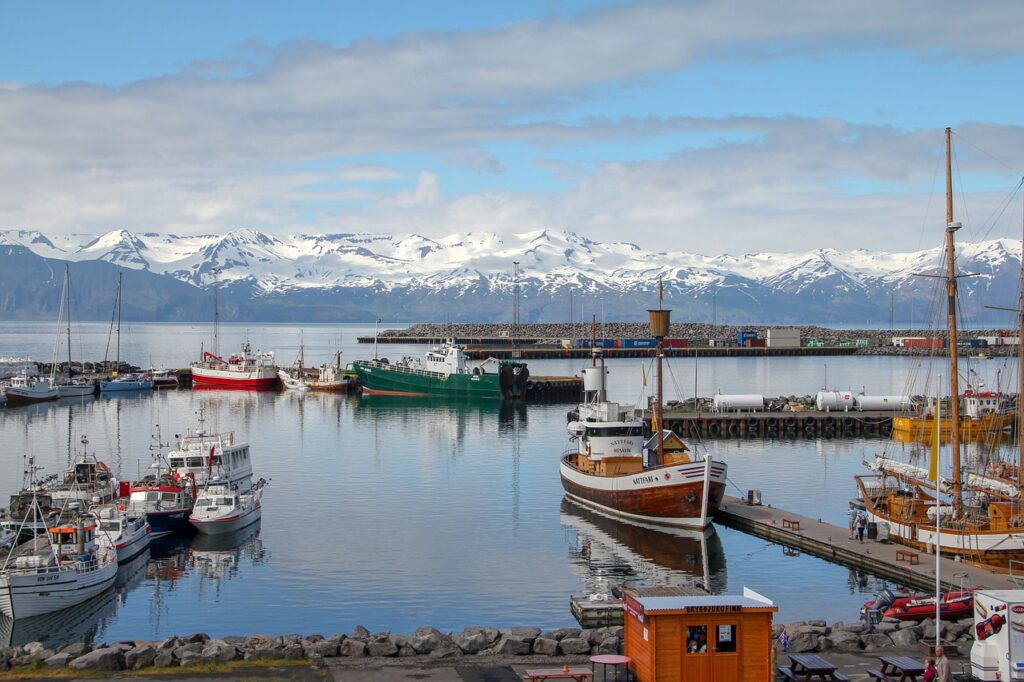
Why is Husavik called the “Whale Watching Capital” of Iceland?
Husavik is known as the “Whale Watching Capital” of Iceland for several reasons. One of the main reasons is its location. Husavik is situated on the northern coast of Iceland, in the Skjalfandi Bay, which is a prime feeding ground for many different species of whales.
The waters around Husavik are particularly rich in nutrients, which attracts large numbers of fish and krill. This abundance of food, in turn, attracts a variety of whale species to the area, including humpback whales, blue whales, minke whales, and orcas.
Another reason why Husavik is known for whale watching is its long history of offering whale watching tours. The first whale watching tours in Iceland were launched in Husavik in the late 1980s, and since then, the town has become a hub for whale watching tourism.
Today, Husavik has several whale watching companies that offer a range of tours, from small, intimate tours on traditional Icelandic boats to larger, more comfortable vessels with onboard amenities. Many of these tours also include educational components, providing visitors with information about the whales they are seeing and their behavior.
In addition to whale watching, Husavik is also home to the Icelandic Phallological Museum, which is dedicated to the study and display of animal penises. This quirky museum has become a popular attraction for visitors to the area, adding to the town’s reputation as a unique and memorable destination.
What is the best time to see whales in Husavik?
The best time to see whales in Husavik is during the summer months, from June to August. This is the peak season for whale watching, and the weather is generally mild and favorable for being out on the water.
During this time, the waters around Husavik are teeming with different species of whales, including humpback whales, minke whales, and even blue whales. Orcas can also be seen in the area, particularly in July and August.
However, it’s important to keep in mind that whale sightings are never guaranteed, as these are wild animals in their natural habitat. The tour operators in Husavik work hard to find the whales and provide the best possible experience for their guests, but there is always some level of unpredictability.
If you’re looking for a quieter time to visit Husavik and still want a chance to see whales, you might consider visiting in May or September. While the weather may be cooler, these shoulder seasons can be a great time to visit, with fewer crowds and still a good chance of seeing whales.
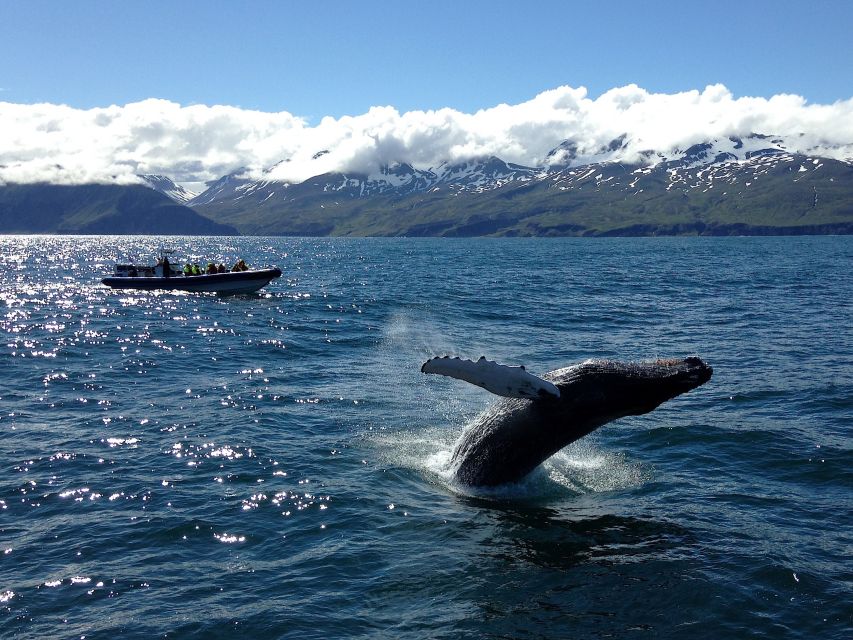
What types of whales can you see in Husavik?
Husavik is a prime location for whale watching, and there are several species of whales and dolphins that you can see in the waters around the town. Some of the most commonly seen cetaceans in Husavik include:
- Humpback whales (Megaptera novaeangliae): These are one of the most iconic whale species and are easily recognizable due to their long pectoral fins and acrobatic displays. Humpbacks can grow up to 16 meters in length and are known for their complex songs.
- Minke whales (Balaenoptera acutorostrata): These are the smallest baleen whale species found in Icelandic waters, growing up to 10 meters in length. They are generally quite fast and active, and often surface for short periods of time before diving again.
- Blue whales (Balaenoptera musculus): These are the largest animals on Earth and can grow up to 30 meters in length. Blue whales are not seen as frequently as other species in Iceland, but they can occasionally be spotted in the waters around Husavik.
- Orcas (Orcinus orca): Also known as killer whales, these are actually a type of dolphin and are highly social animals. Orcas are apex predators and feed on a variety of prey, including fish, seals, and even other whales.
- Sperm whales (Physeter macrocephalus): These are the largest toothed whales and can grow up to 20 meters in length. Sperm whales are known for their distinctive square-shaped heads and are often seen in the deeper waters around Iceland.
In addition to these species, there are several other whales that can occasionally be seen in Husavik, including fin whales (Balaenoptera physalus), sei whales (Balaenoptera borealis), and pilot whales (Globicephala melas).
What are the best sustainable and eco-friendly whale tours in Husavik?
There are several whale watching tours in Husavik that prioritize sustainability and responsible whale watching practices. Here are a few of the best options:
- North Sailing: This company is one of the pioneers of sustainable whale watching in Iceland and has been offering whale watching tours since 1995. Their boats are powered by wind and electricity, which helps to reduce emissions and minimize the impact on the environment. They also follow strict codes of conduct when it comes to whale watching, ensuring that their tours are as responsible and sustainable as possible.
- Gentle Giants: This family-owned whale watching company operates smaller, more intimate tours with a maximum of 12 passengers per boat. Their guides are all marine biologists or experienced naturalists, and they provide in-depth information about the whales and their behavior. Gentle Giants also supports several conservation organizations, including the Icelandic Marine Mammal Research Institute.
- Husavik Adventures: This company offers a range of whale watching tours, including a silent electric boat tour that is designed to minimize disturbance to the whales. They also offer a “no sighting, no charge” policy, which means that if you don’t see any whales on your tour, you won’t be charged.
- Whale Wise Eco Tours: This company operates smaller, eco-friendly boats that are designed to minimize the impact on the environment. They also follow strict guidelines when it comes to whale watching, including keeping a safe distance from the whales and minimizing the time spent with them. Whale Wise Eco Tours also supports several conservation organizations, including the Whale and Dolphin Conservation Society.
These are just a few of the many sustainable whale watching tours available in Husavik. When choosing a tour, be sure to do your research and look for companies that prioritize sustainability and responsible whale watching practices.
The history of whale watching in Husavik
Whale watching in Husavik began in the late 1980s, when a group of local fishermen started taking tourists out to see the whales. At that time, whale hunting was still legal in Iceland, and the fishermen saw an opportunity to use their expertise to offer a more sustainable form of whale-based tourism.
The early whale watching trips were simple affairs, with tourists sitting on benches on the back of the fishing boats. However, they quickly became popular, and in 1990, the first dedicated whale watching boat was built in Husavik.
As awareness grew about the importance of protecting whales, more and more people began to see whale watching as a way to appreciate these magnificent animals without harming them. Today, Husavik is one of the most popular whale watching destinations in the world, with dozens of boats taking tourists out to see the whales every day during the summer months.
In addition to providing a sustainable form of tourism, whale watching has also helped to raise awareness about the need to protect whales and their habitats. Many of the whale watching operators in Husavik are actively involved in conservation efforts, and they work closely with scientists and researchers to better understand these amazing creatures.
How much does a whale watching tour in Husavik cost?
The cost of a whale watching tour in Husavik can vary depending on the tour company, the duration of the tour, and the type of boat used.
On average, a standard whale watching tour in Husavik can cost between 70 to 100 USD per adult, with discounts available for children and seniors. The price may be slightly higher for longer tours or tours on larger or more specialized boats.
Some companies may offer additional amenities or services, such as onboard refreshments or pick-up and drop-off from your accommodation, which can increase the cost of the tour. It’s important to check with the individual tour company to see what is included in the price and if any discounts or promotions are available.
It’s worth noting that many of the tour companies in Husavik offer a “no sighting, no fee” policy, which means that if you don’t see any whales on your tour, you may be eligible for a refund or a free tour on a different day. It’s always a good idea to check the company’s cancellation policy before booking a tour.
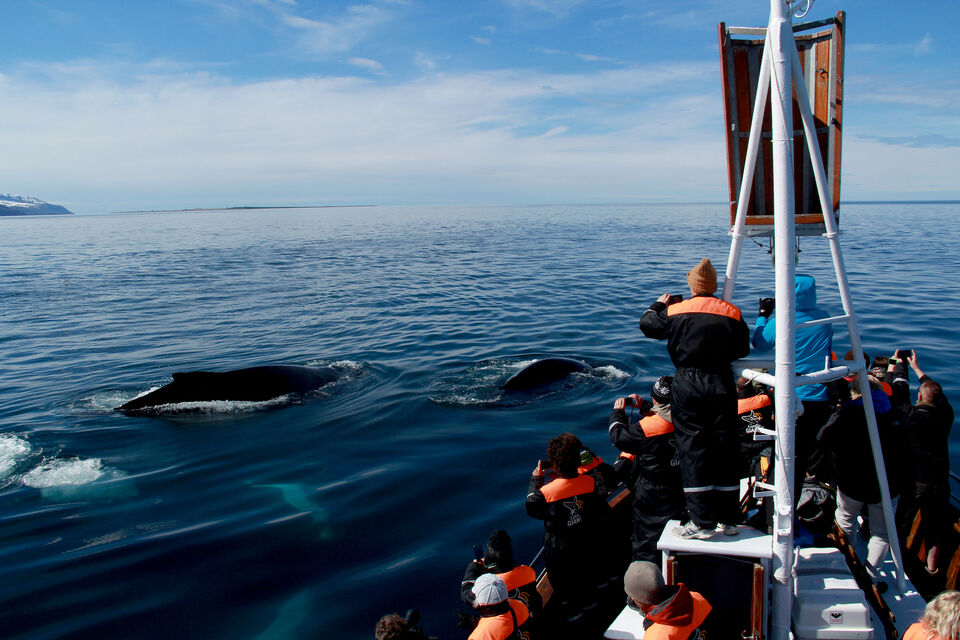
What happens if I don’t see any whales on my whale watching tour in Husavik?
While it is rare, there is always a possibility that you may not see any whales on your whale watching tour in Húsavík. In the event that you don’t see any whales, many tour operators have policies in place to address this.
Some tour operators offer a partial refund or the option to go on another tour free of charge, while others may offer a voucher for a future tour.
It’s important to check with your tour operator about their policies regarding whale sightings before booking your tour. However, it’s important to remember that whale sightings are not guaranteed, as these are wild animals in their natural habitat.
Nonetheless, the experience of being out on the water and exploring Iceland’s beautiful coastline can still be a memorable and enjoyable one.
What is the duration of a whale watching tour in Husavik?
The duration of a whale watching tour in Husavik can vary depending on the tour company and the type of boat used. However, most standard tours typically last between 2.5 to 3 hours, which includes time spent searching for and observing the whales.
Some companies may offer longer tours, which can last up to 5-6 hours and may include additional activities such as bird watching or a visit to nearby islands. These longer tours are usually operated on larger boats and may be more expensive than the standard tours.
It’s worth noting that the duration of the tour can also be affected by weather and sea conditions. If conditions are rough or visibility is poor, the tour may be shortened or postponed for safety reasons. Conversely, if the weather is good and the whales are particularly active, the tour may be extended to allow for more viewing time.
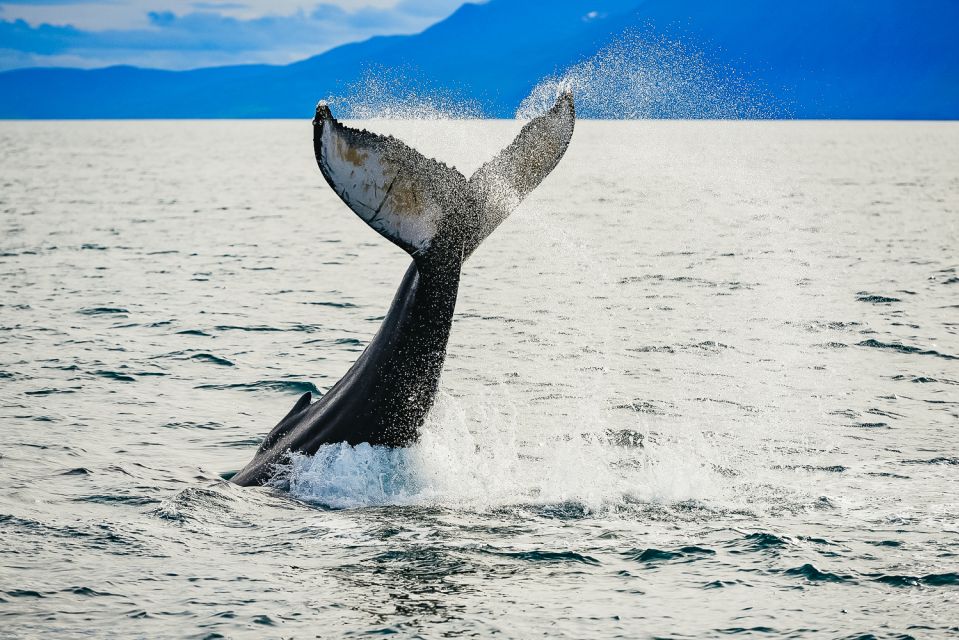
Can children come on whale watching tours in Husavik?
Yes, children are welcome to join whale watching tours in Husavik. In fact, many tour operators offer family-friendly tours that are specifically designed to accommodate children. However, it’s important to note that whale watching tours can be quite lengthy, so it’s a good idea to make sure your child is comfortable being on a boat for an extended period of time.
Additionally, be sure to check with the tour operator to see if there are any age restrictions or safety guidelines that you should be aware of before booking your tour.
How do you prepare for a whale tour in Husavik?
If you’re planning a whale watching tour in Husavik, here are some tips to help you prepare:
- Dress warmly: Even on sunny days, the temperature on the water can be much cooler than on land. It’s a good idea to wear warm layers, including a waterproof jacket and pants, and to bring a hat and gloves.
- Wear appropriate footwear: The decks of the boat can be wet and slippery, so it’s important to wear shoes with good traction that can get wet. Rubber-soled shoes or hiking boots are a good choice.
- Bring a camera: Whale watching in Husavik offers some incredible photo opportunities, so be sure to bring a camera with a zoom lens. A polarizing filter can also help to reduce glare and improve the visibility of the whales in the water.
- Consider taking motion sickness medication: If you’re prone to motion sickness, it’s a good idea to take medication before the tour to help prevent nausea.
- Follow the guidelines: To ensure a safe and enjoyable experience for both the passengers and the whales, it’s important to follow the guidelines provided by the tour operator. This may include staying seated while the boat is in motion, avoiding sudden movements, and keeping a safe distance from the whales.
- Be patient: While whale sightings are common in Husavik, they are still wild animals and can be unpredictable. It’s important to be patient and enjoy the experience of being out on the water, even if you don’t see any whales.
By following these tips, you can help to ensure a safe and enjoyable whale watching experience in Husavik.
Can you see whales from the shore in Husavik?
While it’s possible to see whales from the shore in Husavik, the chances of spotting them are much lower than on a dedicated whale watching tour.
The whales in Husavik are usually found several miles off the coast in deeper waters, which makes it difficult to spot them from the shore. Additionally, the weather and visibility conditions on land can be very different from those on the water, which can make it even more challenging to spot the whales.
That being said, if you’re visiting Husavik and want to try your luck at spotting whales from the shore, some of the best spots to try include Húsavíkurbjarg and the lighthouse at Tjörnes. These locations offer panoramic views of the ocean and can occasionally provide glimpses of whales in the distance.
However, if you want a guaranteed chance to see whales up close, a dedicated whale watching tour is your best option. These tours are led by experienced guides who know where and how to look for whales, and they provide the best opportunity to see these magnificent creatures in their natural habitat.
Is Husavik still involved with Icelandic whaling and how are the whales protected?
Husavik, like the rest of Iceland, is no longer involved in commercial whaling. The last commercial whaling operation in Iceland was in 2019, but this was a one-time event and the Icelandic government has stated that there are no plans to resume commercial whaling in the future.
However, it’s worth noting that Iceland still allows for the hunting of a limited number of whales for research purposes. This has been a controversial practice and has been criticized by many conservation groups, who argue that it is a cover for commercial whaling.
In terms of whale protection, Iceland has implemented a number of measures to safeguard these animals. The country is a signatory to the International Whaling Commission’s moratorium on commercial whaling, and has also established several protected areas where whaling is prohibited.
In addition, all whale watching tours in Iceland, including those in Husavik, are regulated by the Icelandic government to ensure that they do not have a negative impact on the whales or their habitat. This includes rules on boat speed, distance from the whales, and the number of boats allowed in a particular area at any given time.
Overall, while Iceland has a complex relationship with whaling, it has taken steps to protect its whale populations and promote sustainable whale watching as a way to support conservation efforts.
What other wildlife can be spotted in and nearby Husavik?
In addition to dolphins and whales, there are many other types of marine wildlife that can be seen in and around Husavik. Some of the other marine creatures you may spot on a visit to Husavik include:
- Seals: Both the Harbor Seal (Phoca vitulina) and the Grey Seal (Halichoerus grypus) can be found in the waters around Husavik. They are often spotted lounging on rocks and swimming in the water.
- Puffins: These charming seabirds can be seen diving for fish or perching on cliffs and rocks near the coast of Husavik.
- Arctic terns: These birds migrate to the Arctic region in the summer months and are known for their incredible long-distance flights.
- Guillemots: These black and white seabirds are often seen diving for fish in the waters around Husavik.
- Razorbills: These black and white seabirds are often seen in large flocks near the coast of Husavik.
- Herring: This small fish is an important part of the marine ecosystem in Iceland and can be seen in large schools in the waters around Husavik.
- Crustaceans: There are many species of crustaceans in the waters around Husavik, including lobsters, crabs, and shrimp.
Overall, Husavik is home to a diverse range of marine wildlife, and there are many opportunities to see these fascinating creatures up close on a visit to the area.

Is the whale watching museum in Husavik worth it?
The Húsavík Whale Museum is definitely worth a visit for anyone interested in whales and marine life. The museum offers a fascinating glimpse into the history of whaling in Iceland, as well as the biology and behavior of different whale species.
The museum’s exhibits include a variety of whale skeletons and models, interactive displays, and information on the current state of whale populations and conservation efforts. Visitors can also learn about the local marine ecosystem and the other creatures that inhabit the waters around Húsavík.
In addition to its educational value, the museum is also an important cultural institution that highlights Iceland’s connection to the sea and its history of sustainable fishing practices. The Húsavík Whale Museum is an excellent complement to a whale watching tour and a great way to deepen your understanding and appreciation of these magnificent creatures.
What makes Husavik better than other whale watching spots in Iceland?
While there are several whale watching spots in Iceland, Husavik is often regarded as the premier location for this activity. Here are a few reasons why:
- High success rate: Husavik boasts an impressive success rate of over 98% for spotting whales on their whale watching tours. This is largely due to the abundant marine life in the area and the experienced guides who know where to find them.
- Wide variety of whales: Husavik is home to a wide variety of whale species, including the humpback whale, minke whale, blue whale, fin whale, and many others. This means that visitors to Husavik have a greater chance of seeing a diverse range of whales than at other locations.
- Pioneer of whale watching: As mentioned earlier, Husavik was one of the first places in Iceland to offer commercial whale watching tours, and the industry has grown significantly in the area over the past few decades. This means that Husavik has a long history of sustainable and responsible whale watching practices, making it a leader in this field.
- Proximity to other attractions: Husavik is located in the scenic region of North Iceland, which is home to several other natural wonders such as Lake Myvatn and Dettifoss waterfall. This means that visitors to Husavik can combine whale watching with other outdoor activities and sightseeing.
- Conservation efforts: Husavik is also known for its commitment to marine conservation and sustainability. The town is home to several research institutions and organizations that work to protect and study the local whale populations, making it a great destination for travelers who are interested in eco-tourism and responsible travel practices.
Overall, Husavik offers a unique and exceptional whale watching experience, with a high success rate, diverse whale species, and a commitment to sustainability and conservation. These factors, combined with the town’s beautiful surroundings and proximity to other natural attractions, make it a popular and highly recommended destination for whale watching in Iceland.
What is the most eco-friendly method to travel to Husavik?
The most eco-friendly method to travel to Husavik would be to use public transportation or to carpool with other travelers.
If you’re coming from Reykjavik, there are daily bus services that run between the two cities, and these buses are generally more environmentally friendly than private cars because they can transport larger numbers of people at once.
Another option is to take a domestic flight from Reykjavik to the nearby town of Akureyri and then travel to Husavik by bus or rental car. While flying is not the most eco-friendly option, domestic flights in Iceland are generally powered by renewable energy sources and emit fewer greenhouse gases per passenger than most cars.
If you do choose to drive to Husavik, consider renting an electric or hybrid vehicle, which are more sustainable options than traditional gasoline-powered cars. Additionally, make sure to follow sustainable driving practices such as sticking to speed limits and avoiding unnecessary idling.
Overall, the most eco-friendly method to travel to Husavik would be to use public transportation, carpool with other travelers, or rent a sustainable vehicle.
